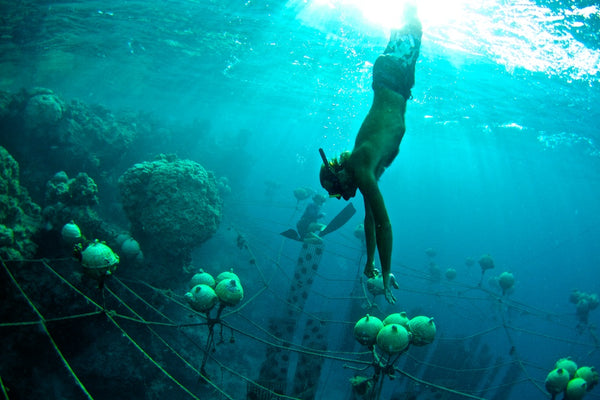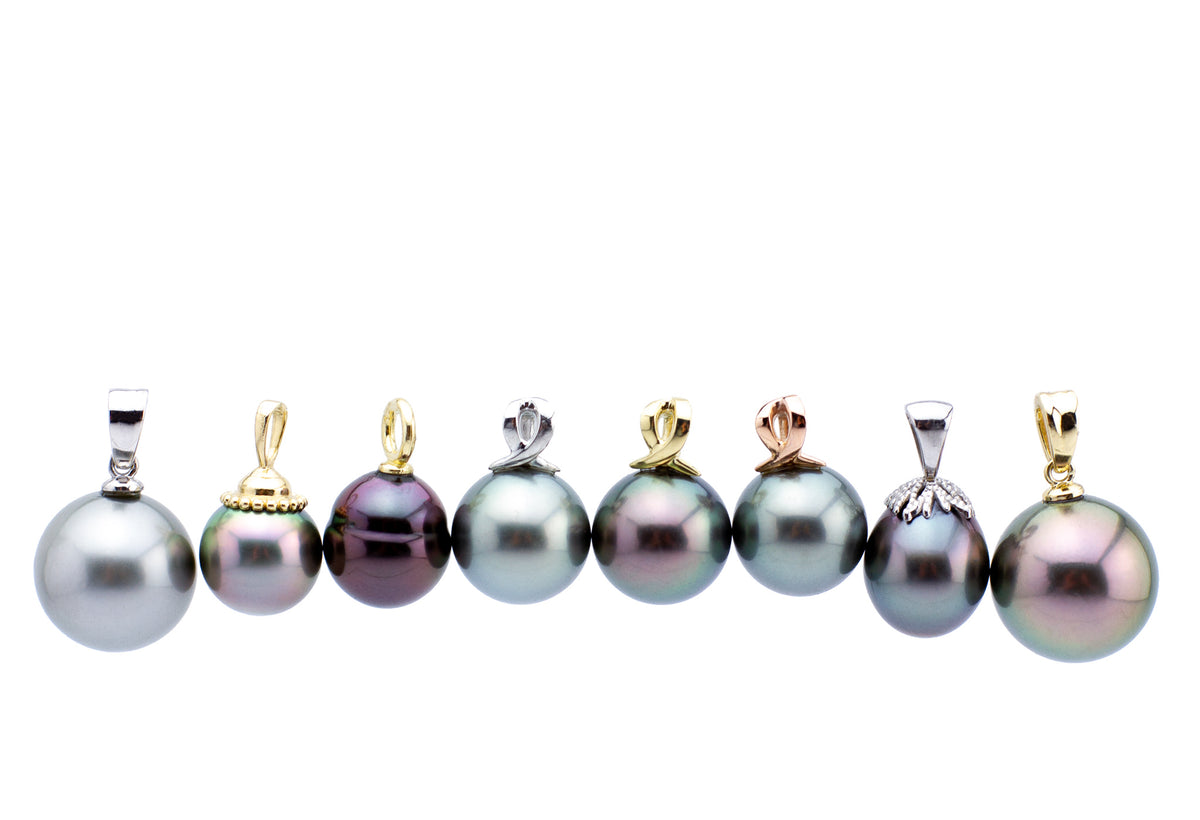Where pearls come from: It's not always pretty!

Because they are raised, not mined, pearls can be the most ecologically responsible gem you can buy. Not all pearls are 100 percent natural or sustainably produced however so it’s important to know where your pearls come from.
Nearly all pearls on the market nowadays are cultured. In most cases this means a shell nucleus has been introduced into a mollusk by a technician, and nacre (pearly shell) has grown around the bead. Natural, wild-harvested pearls still exist but in most cases the amount of shells that need to be harvested to find each pearl results in over-fishing that is detrimental to the stocks of these species. For once, human intervention is a good thing!
For saltwater pearls, pristine waters are one of the most important factors for good harvests so it’s in the best interest of a pearl farmer to keep their environments healthy. Unfortunately not all pearl farmers take the time to do what’s best for their waters and use methods that are easier for them in the short term. These include using high-powered hoses that pump an imbalance of parasites into their waters, using nuclei from the threatened American washboard shell, or simply living in ways that that stress the environment from using chemical products that get dumped into the lagoon, generating lots of trash or using fossil fuel when the wind and sun provide all the energy one needs in the islands and atolls.
Freshwater pearls pose other issues entirely and are generally produced in manmade ponds using lands that may otherwise be used for rice farming. Waters for freshwater pearl farms have commonly been topped off with fermented animal manure and chemical fertilizers to help grow needed algae, but fortunately China has recently imposed more strict environmental regulations . Over the next several years freshwater pearls should be coming from cleaner sources but for now most have come from very polluting circumstances.
Once pearls are harvested many are treated using chemicals. Only the finest Japanese akoya pearls are spared from bleaching and pinking while nearly all freshwater pearls have gone through some sort of processing including bleaching, heat treatments and polishing. It’s illegal to treat Tahitian pearls in French Polynesia, but once they reach Hong Kong (where many end up on the wholesale market) they may be bleached and color treated to attain popular hues like chocolate or peacocks. The only way to be sure a Tahitian pearl is naturally colored is if it comes directly from Tahiti or a source you know and trust.
|
Posted on May 19 2018
